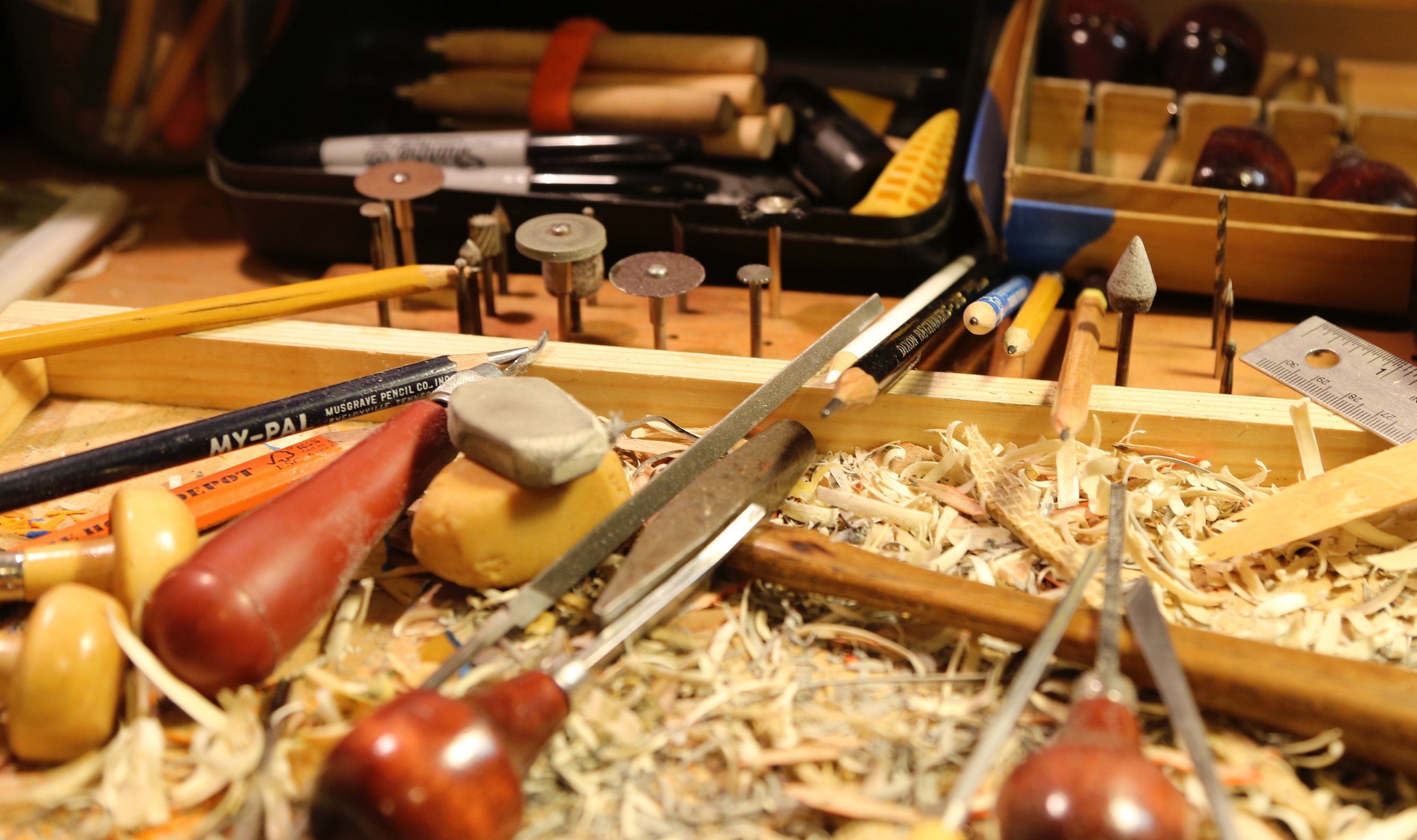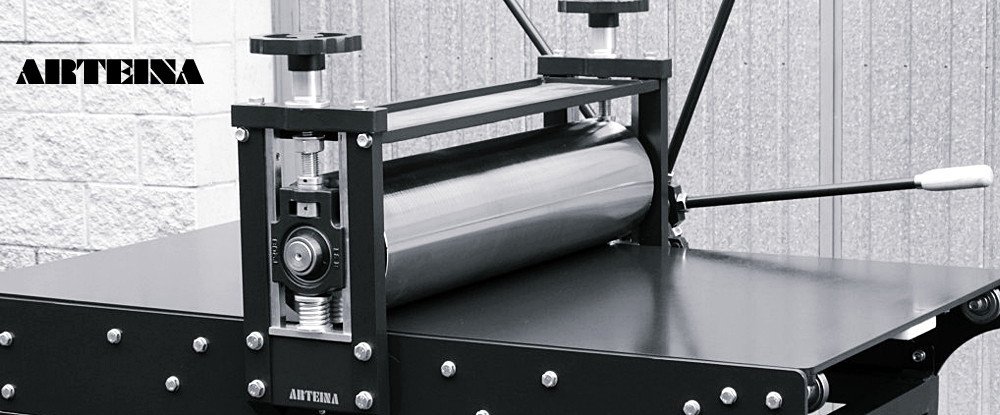
Relief printing as an experimental method
Relief printing as an experimental method, Not every printmaker wants to make an edition of identical prints. The trend recently has been to use printmaking as a creative method in its own right. The effect of a printed image is quite different from one that is drawn in pencil or pastel, or one painted in watercolor or oil paint.
Printed passages can be used in combination with drawn or painted areas, either one on top of the other or perhaps as part of a collage. Works that are entirely printed may be classed as unique prints, or called Monotypes or Mono-prints and still be accepted for most international and national print competitions.
There will always be printmakers, who prefer to work within a discipline that has been established over the years, and who frowns on experimentation for its own sake. Relief printing offers both. (pag,14, Manual of Relief Printmaking, 1988)

Relief Printing
The reason for the survival of relief printing over two thousand years is its versatility. You can use beautifully prepared block of a rare wood, but you can also rescue a piece of driftwood to cut into a wood block. You can also use the finest handmade paper to print on, but you can also print on quite ordinary paper. You do not need much equipment – a table to work on, the traditional wood carving chisel, plus one knife, a simple rubber roller and a wooden spoon to burnish the impression – it involves no great outlay to start a series of experiments in relief printmaking. Later you may well be intrigued with the possibilities and want to acquire a printing press, but remember that the ancient woodblock print were printed without a press, only by hand – burnishing.
"Three Warriors with the River Song: The water is a right" Woodcuts print, 18X24 Inch, Oil on paper, 2018. Standing Bear-Arikara, Red Wing-Apsoroke, Two Moons-Cheyenne.
"Children's Cage" Jail for illegal minors, Woodcut prints, oil on paper
"Jail for Illegals"
"Jail for illegal Woman"
"Sistole and Diastole" Woodcuts print, 12x20, oil on paper, 2018
"Hope"
"Placenta"
"Pachamama"
"Berta Caceres, Lenca-Maya Moonlight Woman" Woodcuts print, 14X24 inch, oil on paper, 2018.









